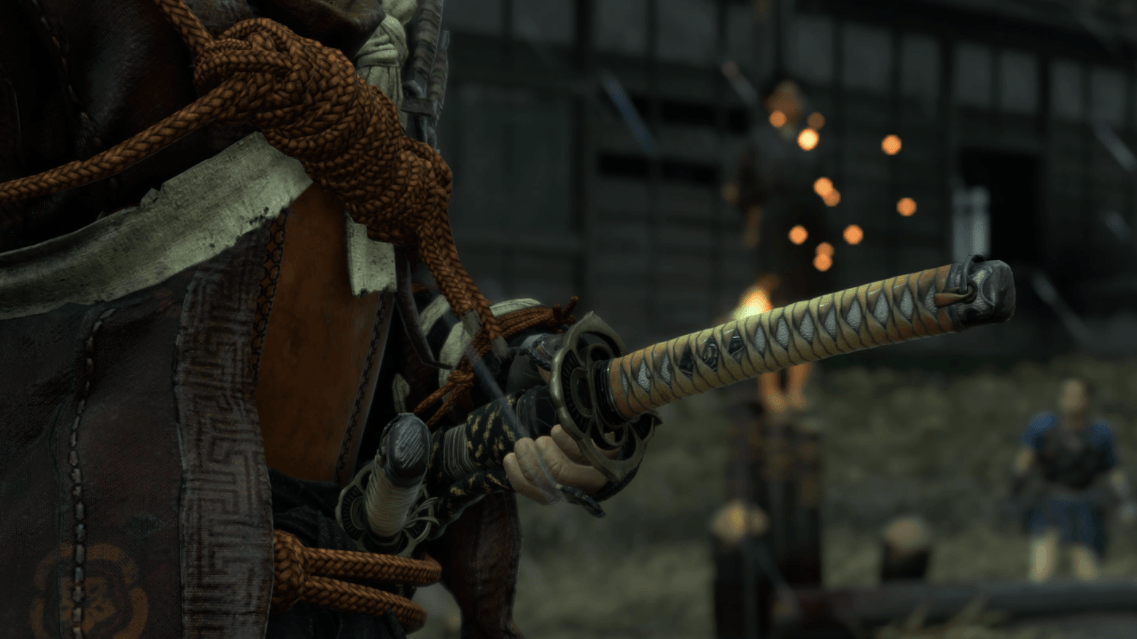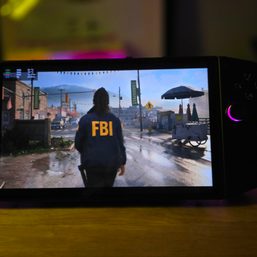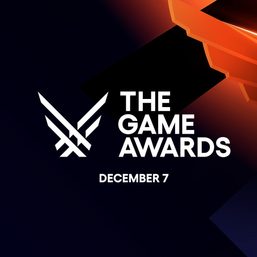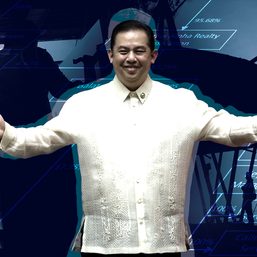SUMMARY
This is AI generated summarization, which may have errors. For context, always refer to the full article.

Ghost of Tsushima was among the top titles for the PlayStation 4 (PS4) last year as the console gave way to the newer PlayStation 5 (PS5).
Ghost of Tsushima Director’s Cut includes technical enhancements, features that take advantage of the PS5’s new tricks, as well as a new island to explore and story to finish.
On PS5, the key graphical improvement here is that the game can now reach 2160p or 4K resolution from the 1800p of the version of Ghost of Tsushima that was running under backwards compatibility, according to EuroGamer, which makes in-depth analyses of graphics in games.
In our own experience, the biggest change was the game’s use of the PS5’s SSD. Load time has practically been eliminated from starting the game from the menu or when fast traveling.

Director’s Cut also now takes advantage of the haptic feedback of the controller. It’s a nice-to-have. The most impressive experiences are when your horse gallops on a wooden bridge and then transitions to grass. Vibration effects vary in relation to the in-game surface the horse is running on. The adaptive triggers now also have that resisting effect when pulling on a bow.
I didn’t notice any haptic effects though that better illustrated the clashing of swords, which, you would think would be one of the most crucial elements in the game that could be expressed through haptics.
A faster pace
Moving on to the story of the new content, I thoroughly enjoyed it, maybe even more than the original story.
First off, there’s the pacing. There was a lot of horse travel in the original Tsushima, and sometimes the vista, while beautiful can be same-y. Tsushima doesn’t make use of open-world quality-of-life improvements such as the self-driving horses you find on Assassin’s Creed Valhalla.
A side-note: To all open-world game makers, please include self-driving traveling mechanics so we can just enjoy the beautiful in-game scenery instead of mindlessly pushing forward on our left analog stick.
Apart from the fiery opening, there’s a big lull in the middle of the original Tsushima that attempted to develop a cast of supporting characters that sometimes felt unnecessary to the larger plot, and could have been optional side quests instead of being included in the main quests. It was a little bit of a slog to travel across the land for these less impactful sub-stories.

The Iki Island expansion eliminates that. It opts for a tighter cast of characters, and in doing so, maintains the momentum from the minute you land on the island to the very end. It avoids inundating you with side characters, and as result, you have what felt like a more engaging tale. .
The original Tsushima wanted to establish several viewpoints, perhaps as a way to really put Jin Sakai’s quest in context, but it just felt like it bogged things down a little.
A personal tale
Along with the faster pacing, hero Jin Sakai confronts head-on his inner demons (and a shaman dressed like a real one) whereas the original game only touched upon it.
Sakai could sometimes feel bland because of his nature as a stoic samurai. But this time around, the expansion makes him fully vulnerable. We got more emotion from Sakai in the 3 to 5 hours it took to speed through the new main quest than the original game, it feels like.
I thoroughly enjoyed it, and it made Sakai more human as circumstances force him to shed his stone-faced persona.
The main villain, a Mongol shaman known as The Eagle, gets into Sakai’s mind with what I presume to be Mongolian psychedelics, giving our hero an internal struggle aside from the real and pointy things that go a-stabbin’ that he has to L1-parry on the regular.

The Eagle is a formidable villain, and far more insidious than the original baddie Khotun Khan’s classic toxic macho conqueror ways. Though a meanie through and through, Khan had an it’s-just-business demeanor. The Eagle fully intrudes into the core of Sakai’s pain – a horrific past – and uses that against him without mercy.
I wouldn’t go so far as to say that the premise is novel – hero confronts past through a magic- or drug-using villain – but developer Sucker Punch’s execution is spot on. The story is an essential one to tell for the series moving forward, if in case they’re making a franchise out of this.
The DLC also continues the environmental visual flair the game is known for, treating players to new scenery and moss and fern-covered landscapes.
It costs $19.99 to upgrade from the base PS4 version to the Director’s Cut on PS4, and $29.99 to upgrade from base PS4 version to Director’s Cut on PS5. If you are a big fan of the original game and want more content, the price is justified. If you’re more of a casual fan, the Director’s Cut doesn’t add anything entirely new to make the experience much more different from the original game but does have a story that might just make you more interested in Jin Sakai and where he goes from here. – Rappler.com
Disclosure: Sony provided a copy of the game for this review.
Add a comment
How does this make you feel?
![[GAME DIARY] ‘FFVII Rebirth’ entry No. 1: Did anyone else get demolished by Midgardsormr?](https://www.rappler.com/tachyon/2024/03/ffvii-midgardsormr.jpg?resize=257%2C257&crop=414px%2C0px%2C1011px%2C1011px)




There are no comments yet. Add your comment to start the conversation.